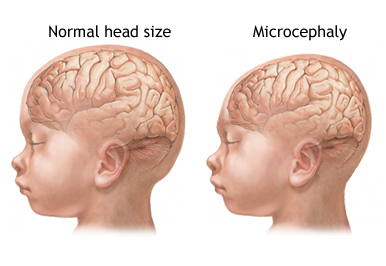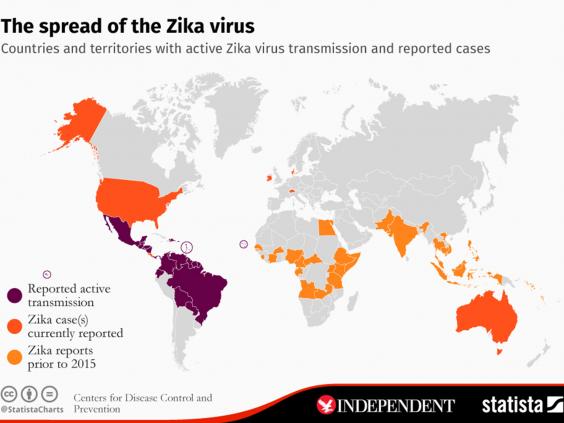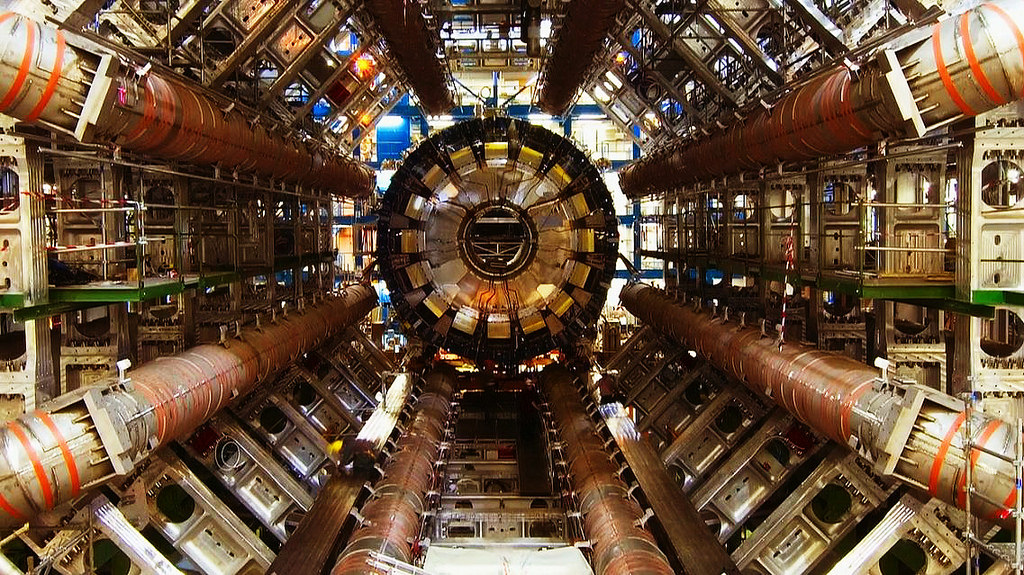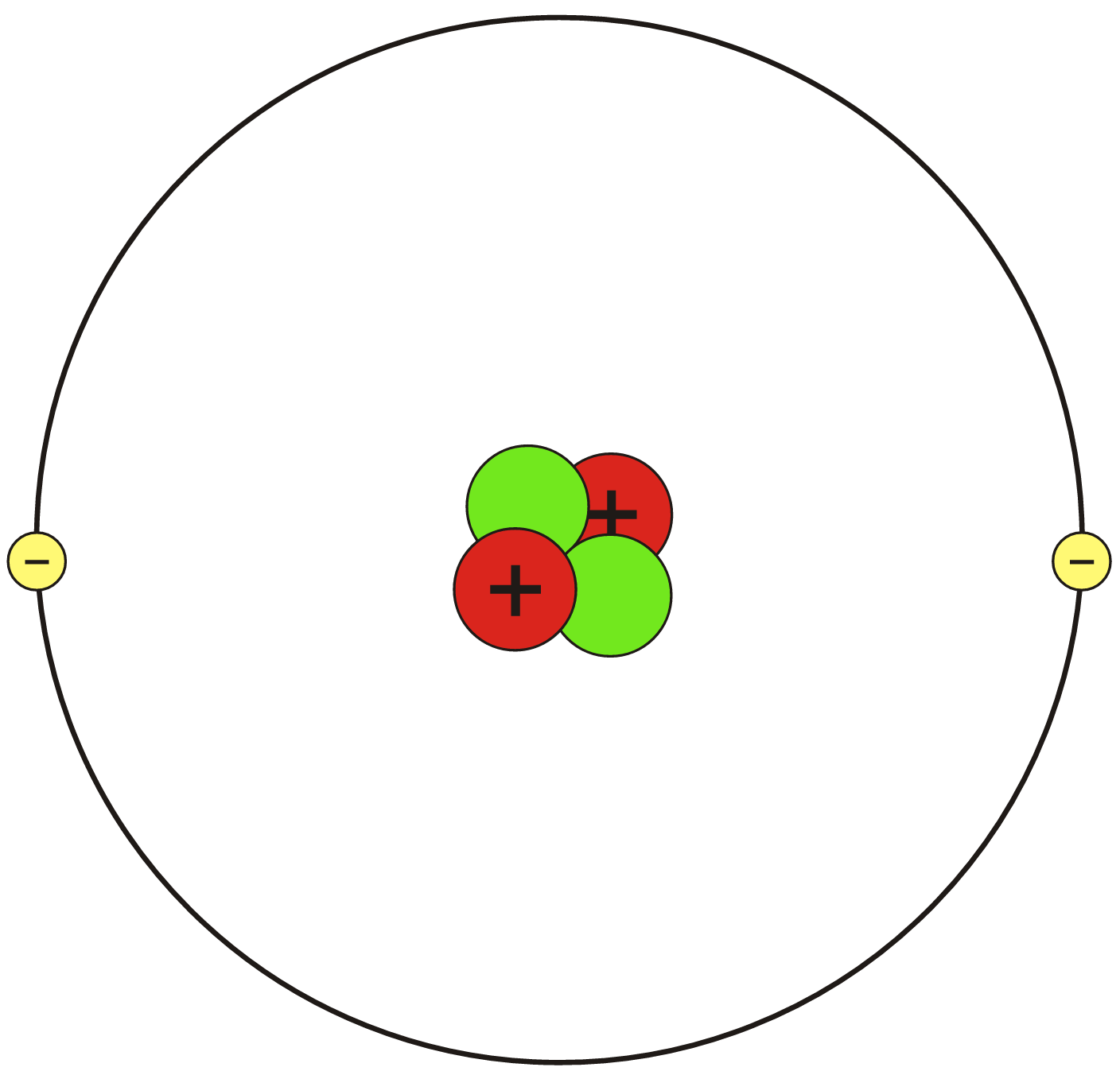Earlier this year, a huge controversy regarding the correlation of autism and vaccination resurfaced and caught the attention of many concerned parents over the internet. This matter sparked a large interest in the general public and caused many debates on whether if autism and vaccination is actually correlated.
This controversy first appeared in 1998, when Andrew Wakefield published a fraudulent paper on the MMR (mumps, measles, and rubella) vaccine and autism. His initial research proposed that the MMR vaccine caused inflammation in the guts of patients, which allowed a certain unproven protein to be so called, ‘leaked’ across the inflamed intestines and travel through the body to the developing brain, causing autism.
When I first heard about this controversy, I was enraged by the potential harm caused by the ignorance and misinformation sown through the general public. As a science student at UBC, I have considered it a personal goal to spread the truth. Despite what Khan Academy has explained in the attached video above, let us look into this matter scientifically, shall we?
First let’s dissect the causation of Autism.
To be honest, the exact cause of autism is unknown. However, research has shown that there are several possible factors, including genetics. Scientists have discovered that in some cases of autistic children, their chromosomes differed from the karyotype, the visual representation of all the chromosomes present in an organism, of a healthy, normal individual’s. It was often found that mutations arose in their set of chromosomes, causing changes in the DNA sequence that would affect the appropriate proteins later produced for proper physical and mental development.

Normal Human Karyotype (Male) Credit: Flickr Commons
Now, let’s look at the function of vaccines. When vaccines are introduced to the body, it does in fact contain a small portion of the disease. However, it is in its deactivated or weakened form, thus unable to cause any virulent harm to the host. The purpose of vaccines is to introduce potential harmful foreign proteins to the body so our immune system is able to recognize these viruses or bacteria. In return, when our immune system is exposed to the fully activated version of the disease, the body is able to make antibodies fast enough before the host actually falls ill.
Between the function of vaccines and how autism may be caused, I find it absurd that some people believe vaccinating their children can potentially expose them to the risk of autism. By that logic, they are suggesting that deactivated or weakened versions of bacteria or viruses are able to change DNA sequences in cells.
I stand by the fact that vaccines do not cause autism in children. I truly hope parents who are against vaccinating their children for this very reason have looked into this topic in depth, and hopefully have changed their minds and have come to the correct conclusion. After all, why risk your child’s health and safety for something you’ve read on Facebook that has been proven false by many research studies?
– Katrina Lim
Resources:
Child Autism Parent Café. http://www.child-autism-parent-cafe.com/autism-and-genes.html (accessed Oct 10, 2016)
Zorica, H.I. et al. Numerical and structural chromosomal changes in a case of autism. [online] 2007. (accessed Oct 10, 2016) http://www.rombio.eu/vol12nr.3/manuscript_8_Hertzog%20BT%20nr.3.htm
Gillber, C.J. Chromosomal Disorder and Autism. Springer Link. [Online] doi:10.1023/A:1026004505764. 1998. 28: 415 http://link.springer.com/article/10.1023/A:1026004505764 (accessed Oct 10, 2016)


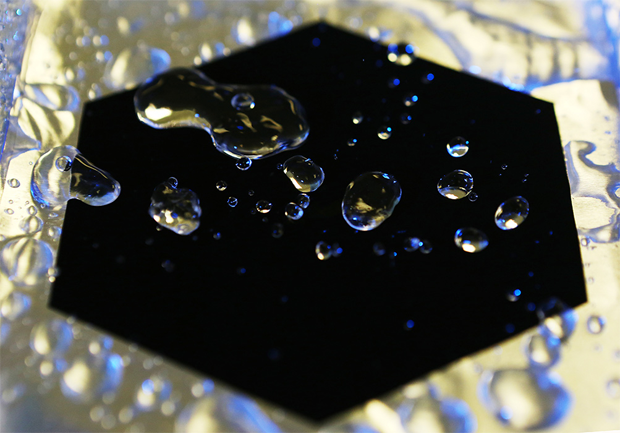





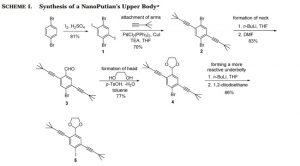
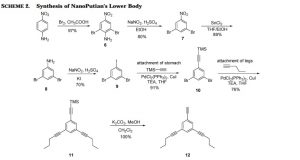


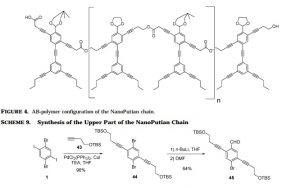

 (Graph 2: The location of corpus Callosum) Author: Saskia Steinmann, Gregor Leicht and Christoph Mulert Source: pictures uploaded by the original photographer.
(Graph 2: The location of corpus Callosum) Author: Saskia Steinmann, Gregor Leicht and Christoph Mulert Source: pictures uploaded by the original photographer.

